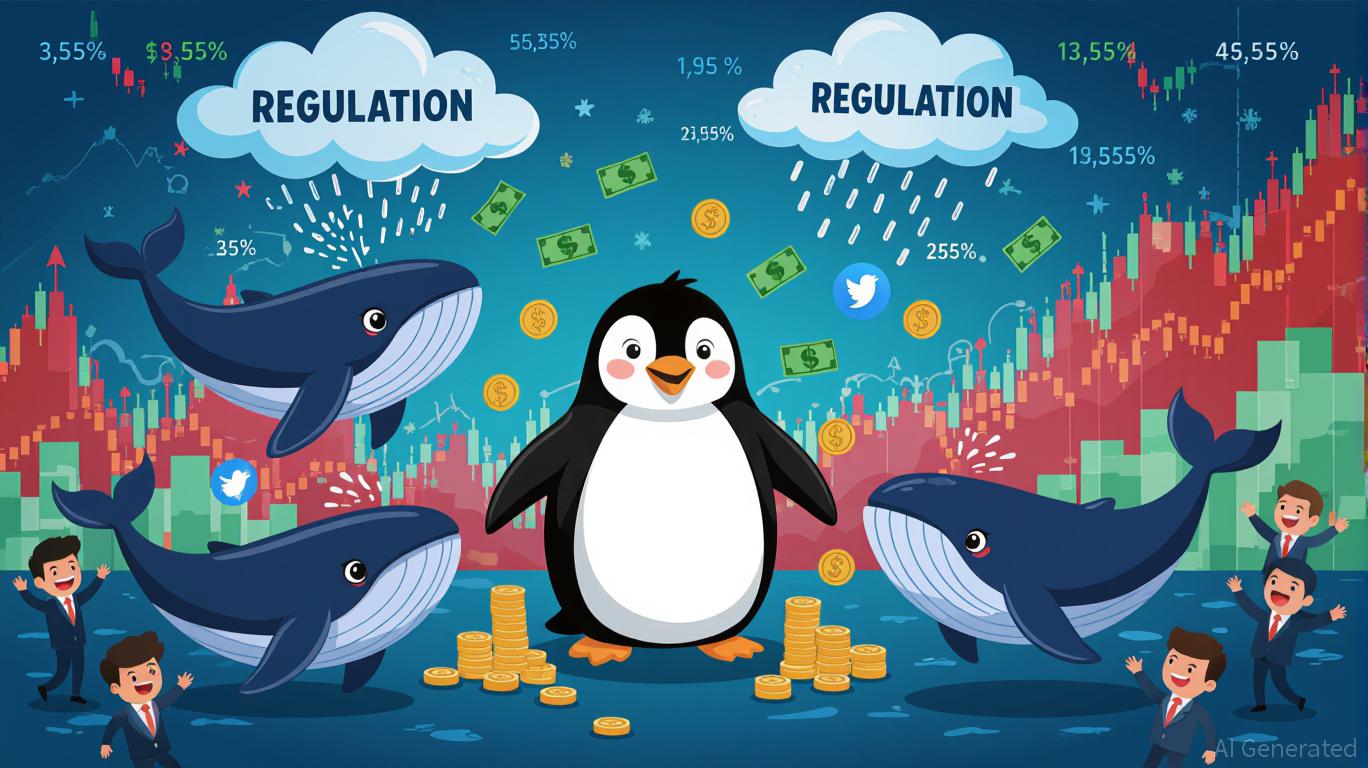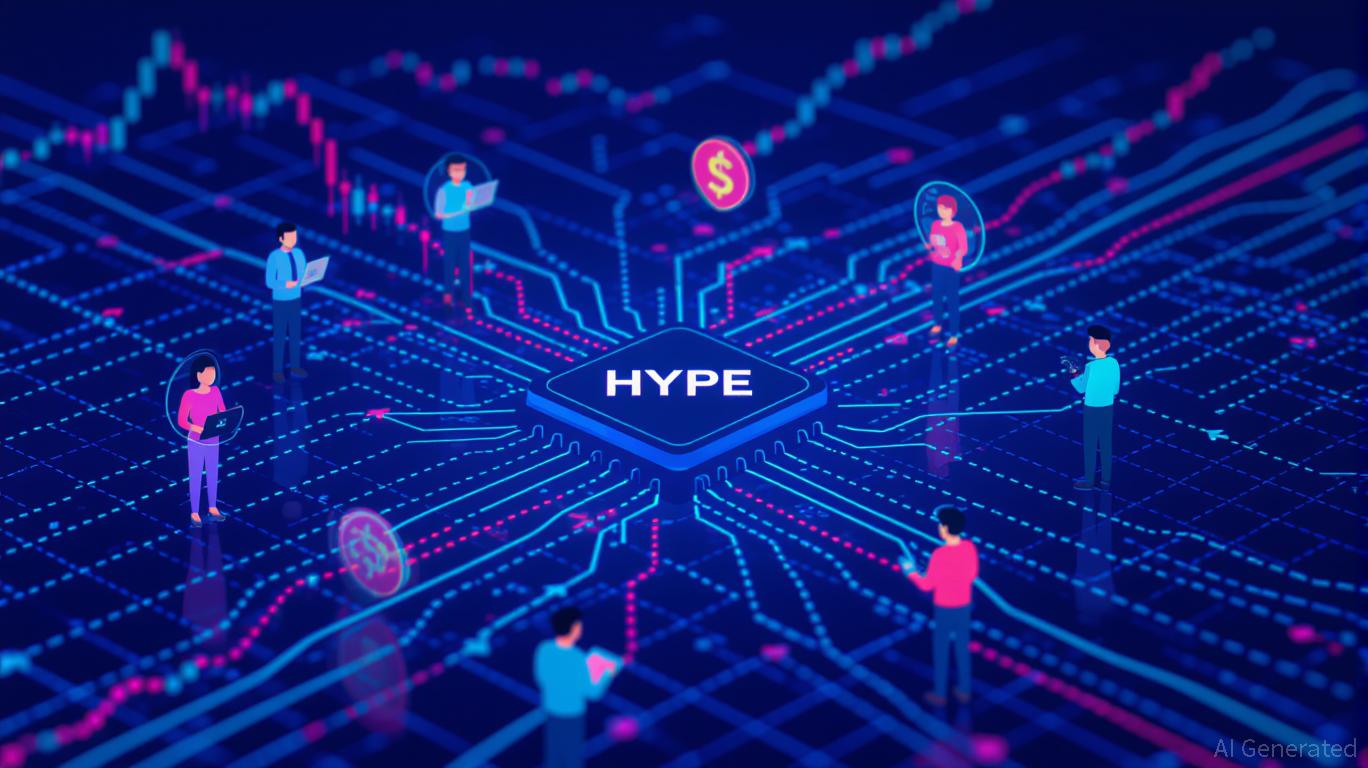Nearly three years have passed since ChatGPT made its debut, and since then, the stock market has been on a remarkable upward trajectory.
From the beginning of 2023, the S&P 500 ( ^GSPC 0.06%) has surged by an impressive 73%, and even a short-lived dip due to tariff worries failed to halt its momentum. Driven by the so-called Magnificent Seven, the index has climbed sharply as AI-fueled growth has propelled companies such as Nvidia, Meta, and Microsoft.
There are some signs that a bubble may be forming in the S&P 500. The index is trading at a lofty price-to-earnings ratio of 28, and the inflation-adjusted CAPE ratio is even higher. The Buffett indicator, which compares the S&P 500’s total market value to the U.S. GDP, has also reached a record peak.
Yet, the leading AI stocks at the forefront of this rally aren’t as overvalued as one might assume. The following chart highlights five top AI companies.
NVDA PE Ratio data by YCharts
While none of these stocks can be considered bargains, their valuations are generally comparable to the S&P 500, and each is posting double-digit growth rates. Nvidia, the priciest among them, is also expanding the fastest, with analysts predicting its revenue will jump 56% in the upcoming quarter.

Image source: Getty Images.
Where the bubble is forming
Instead of large-cap stocks, the current bubble in the market seems to be developing among early-stage technology companies with no revenue, echoing patterns seen in previous market bubbles.
For instance, during the dot-com boom, many small internet startups went public despite having little or no revenue and untested business models, which contributed to the crash in 2000.
Similarly, in the pandemic era, special purpose acquisition companies (SPACs) experienced a comparable fate—most of them either collapsed or filed for bankruptcy, even though they initially performed well on the market.
Other up-and-coming tech firms with minimal sales, such as those in the electric vehicle sector, largely went under or saw their stock prices plummet during that period. Even higher-profile names like Rivian and Lucid lost over 90% of their market value.
This time, several emerging industries are showing similar speculative behavior. For example, modular nuclear reactor developer Oklo ( OKLO 11.10%) has skyrocketed 1,200% over the last year, despite having no revenue and not expecting any until at least late 2027. The company is still seeking regulatory approval and has yet to secure a purchase agreement, but its market capitalization is already close to $17 billion.
Electric vertical takeoff and landing vehicle companies have also seen their valuations soar despite negligible revenue. Archer Aviation ( ACHR 3.92%), which also has no sales, currently boasts a $6 billion market cap.
Quantum computing stocks have also experienced dramatic gains this year, even though the industry is still generating little to no revenue. One example, Quantum Computing ( QUBT 5.32%), has surged nearly 3,000% in the past year, reaching a $3.7 billion valuation, despite expecting less than $1 million in revenue for the year.
What it means for investors
Investor excitement for AI-related stocks appears to have spilled over into newer technology sectors that have yet to prove themselves, much like what happened during the dot-com bubble and the pandemic period.
While companies such as Oklo and Archer Aviation have promise, their current market values don’t seem to reflect the risks involved. It will likely take years for them to achieve meaningful revenue, and even then, success is not assured.
Given the current market environment, any of these stocks could see sharp declines if investor sentiment changes. It seems improbable that these businesses will grow into their lofty valuations without a significant correction.



